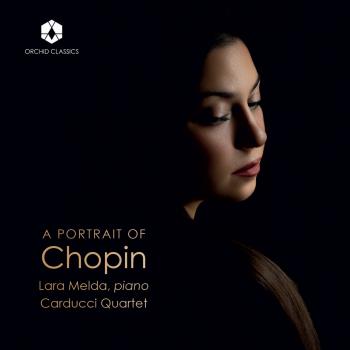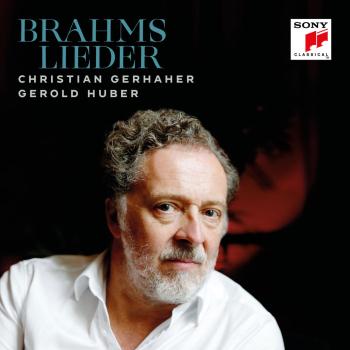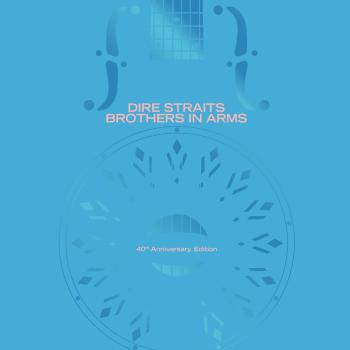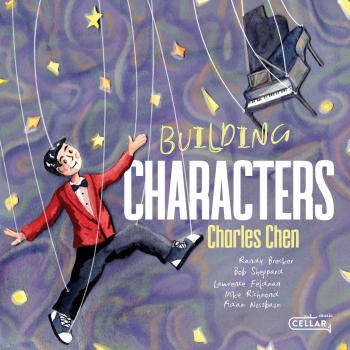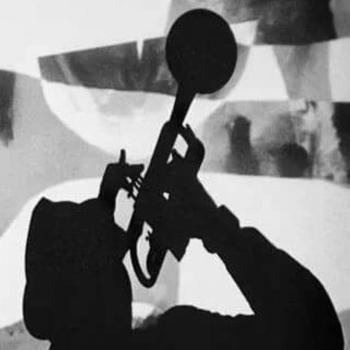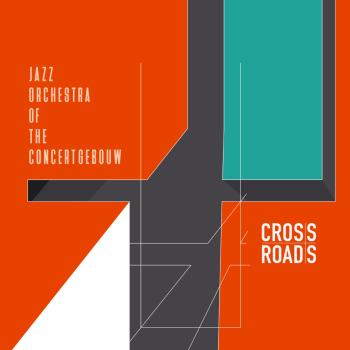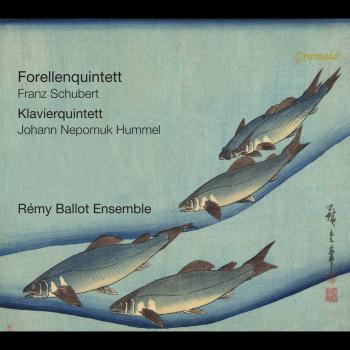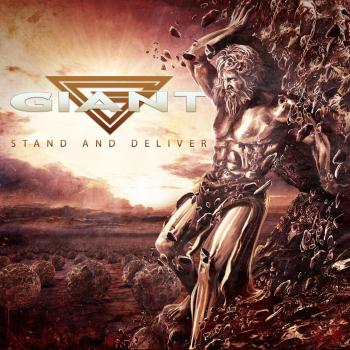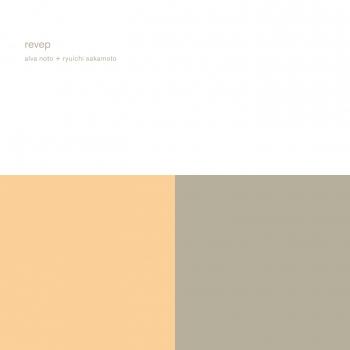Alva Noto & Ryuichi Sakamoto
Biography Alva Noto & Ryuichi Sakamoto
Carsten Nicolai
is a German artist and musician based in Berlin. For his musical outputs he uses the pseudonym Alva Noto.
Born 1965 in Karl-Marx-Stadt he is part of an artist generation who works intensively in the transitional area between music, art and science. With a strong adherence to reductionism he leads his sound experiments into the field of electronic music creating his own code of signs, acoustics and visual symbols.
NOTON is a label founded in 1994 by Carsten Nicolai as a small imprint becoming active in 1996 with the release of noto “spin” record. In the same year the collaboration with RasterMusic begun and by 1999 the two labels merged into Raster-Noton.
By 2017 NOTON starts working independently releasing all back catalogue of Alva Noto and currently planning future releases. Diverse musical projects include remarkable collaborations with Ryuichi Sakamoto, Ryoji Ikeda (cyclo), Blixa Bargeld or Mika Vainio. Nicolai toured extensively as Alva Noto through Europe, Asia, South America and the US. Among others, he performed at the Solomon R. Guggenheim Museum in New York, the San Francisco Museum of Modern Art, Centre Pompidou in Paris and Tate Modern in London. Most recently Nicolai scored the music for Alejandro González Iñárritu’s newest film, 'The Revenant’ which has been nominated for a Golden Globe, BAFTA, Grammy and Critics Choice Award.
His musical œuvre echoes in his work as a visual artist. Carsten Nicolai seeks to overcome the separation of the sensory perceptions of man by making scientific phenomenons like sound and light frequencies perceivable for both eyes and ears. His installations have a minimalistic aesthetic that by its elegance and consistency is highly intriguing. After his participation in important international exhibitions like documenta X and the 49th and 50th Venice Biennale, Nicolai’s works were shown worldwide in extensive solo and group exhibitions.
Ryuichi Sakamoto
was a high schooler in Tokyo, he had to ride a commuter train to get to class. The passengers were always crammed on, trapping one another between stray limbs and contorted torsos. Unable to move, all the teenage Sakamoto could do was listen. He amused himself by counting the sounds the train made, identifying more than 10 that he would listen out for every morning.
Close listening is a habit that has carried Sakamoto through nearly 70 years of musical exploration, each decade leading him in new directions. He was born in 1952, the year John Cage composed 4′33″. When he was a toddler, he was introduced to the piano, an instrument he would go on to examine from many Cageian angles. As the ’70s bled into the ’80s, he segued from an ethnomusicology and composition degree to the role of keyboardist and songwriter for Yellow Magic Orchestra, the proto-synthpop group led by Haruomi Hosono. In the solo career years that followed, Sakamoto’s embrace of a new wave of electronic instruments led to fruitful experiments in fusing global genres, which in turn made way for close studies of classical impressionism. Many times over Sakamoto’s sonic path has leapt forward then looped back on itself, forever telling the present something of both its past and future.
The how of composition is as important to Sakamoto as what he makes, and more often than not his creative process starts with improvisation. “You have to open your ears all the time because anything could happen unexpectedly,” he has said of his approach. “Anything can be music.” A wrong note could be the right way into a fresh musical idea. The sounds of a city at night might inform the architecture of a new album. In fact, it was a building that inspired Glass, Sakamoto’s 2016 live improvised composition with longtime friend Alva Noto. Specifically, Philip Johnson’s modernist Glass House, which the American architect built in Connecticut in the late ’40s to live in. As part of their performance, Sakamoto and Noto played Johnson’s glass and steel home like an instrument, sweeping rubber mallets over its contact mic’d surfaces.
The relationship between space and sound, how the one reflects and refracts the other, is something that Sakamoto has also explored in his collaborations with visual artists. In All Star Video (1984), his digital compositions were augmented by Nam June Paik’s hyperactive video art. In 1999, he premiered his multimedia opera LIFE, for which he made Shiro Takatani his visual director. Expanding on LIFE’s themes of symbiosis and evolution, Sakamoto and Takatani went on to produce several ambient installations together, which combined art objects, audio, and video. In 2018, Sakamoto’s various art project collaborations were brought together for the first time in Seoul, as part of a retrospective exhibition titled LIFE, LIFE.
Outside of his artistic practice, Sakamoto has written music for a wide variety of settings, including the 1992 Olympic Games in Barcelona, a health tonic ad (which grew into “Energy Flow”), and an episode of Black Mirror (2019). However, it is his contributions to cinema for which he is most often recognised. He has scored over 30 films in as many years, including Nagisa Oshima’s Merry Christmas Mr Lawrence, Bernardo Bertolucci’s The Last Emperor and The Sheltering Sky, Alejandro González Iñárritu’s The Revenant, and Yoji Yamada’s Nagasaki: Memories of My Son. His cinematic accolades include an Academy Award, a Grammy, a BAFTA, and two Golden Globe awards. “Working on a film is like a journey to an unknown place,” Sakamoto once said . “I cannot experience that doing my own thing.”
In recent years, the Sakamoto who once counted all the sounds he could hear on his train journey to school has resurfaced with renewed vigor. His 2017 album, async, paints an audio portrait of the passing of time, informed by his recovery from throat cancer. In a documentary released the same year – Ryuichi Sakamoto: Coda, directed by Stephen Nomura Schible – he travels to the Arctic to record the sound of melting snow. In another scene, he plays a “drowned” piano that was found in the Miyagi Prefecture during the aftermath of the 2011 earthquake-tsunami that triggered a nuclear disaster in Fukushima, Japan. “We humans say [the piano] falls out of tune,” Sakamoto says in Coda. “But that’s not exactly accurate. Matter is struggling to return to a natural state.”
These sonic observations are not just aesthetic; they run in parallel to Sakamoto’s environmental and activism work. He is an anti-nuclear campaigner and the founder of the more trees project, which is involved in reforestation and carbon offsetting. The veins that connect Ryuichi Sakamoto’s music, art, and activism are his meditations on the ever-evolving nature of life. “Music, work, and life all have a beginning and an ending,” said Sakamoto in early 2019. “What I want to make now is music freed from the constraints of time.”

